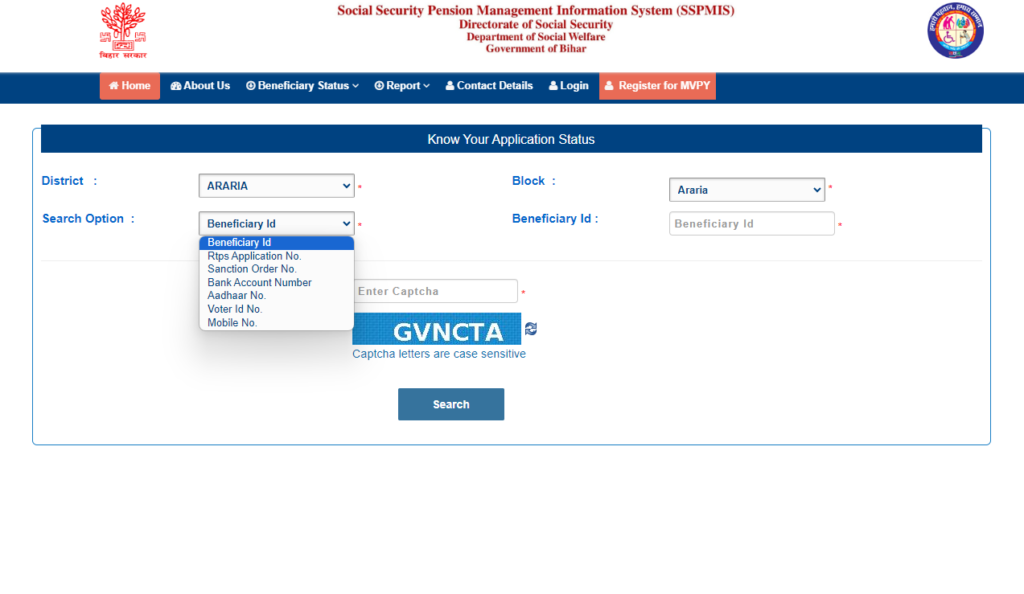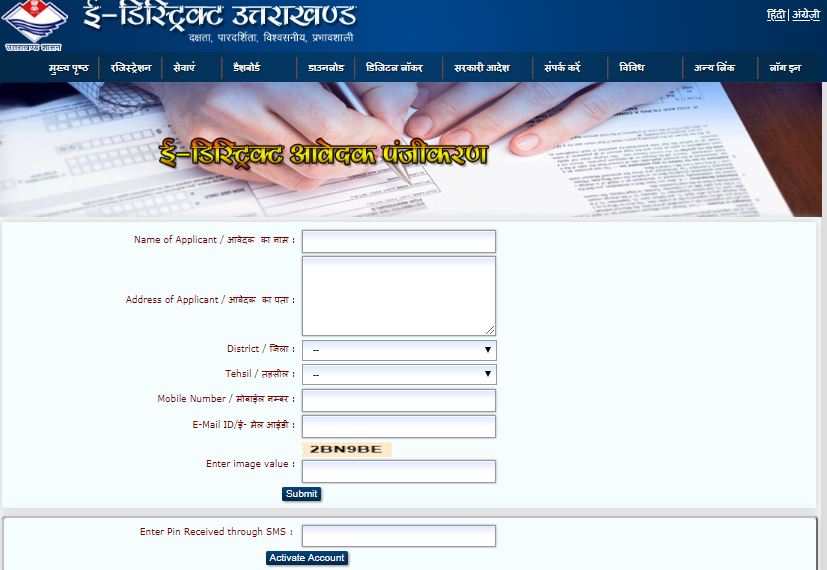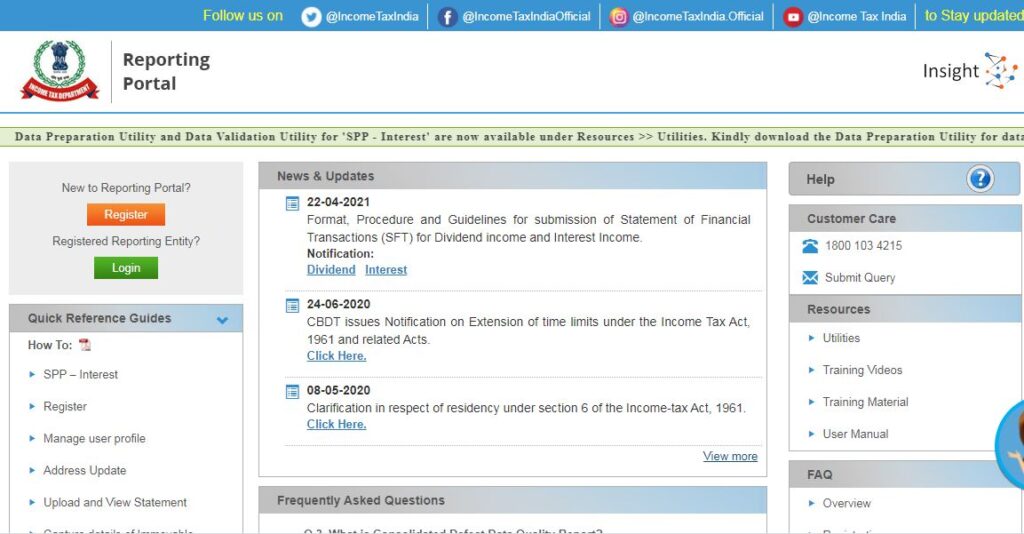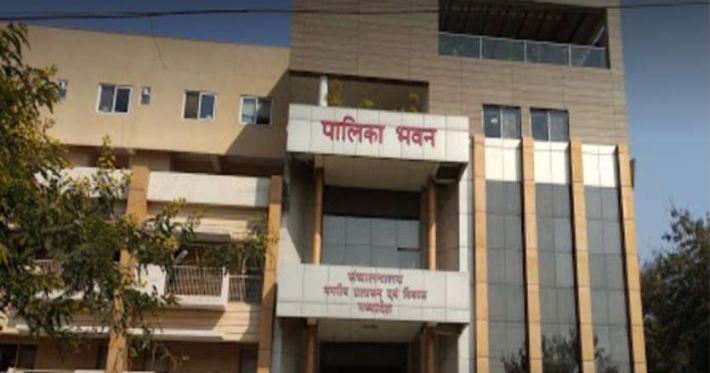Resignation of Director in Company

When stepping down from a director position, it’s useful to offer a letter of resignation as formal documentation of your intent to leave. This letter may ease the transition in your departure and help you maintain a healthy relationship with the organization.The Director of a company may resign from their position in writing at any […]
Bihar Mukhyamantri Vridhjan Pension Yojana (MVPY)

The scheme “Mukhyamantri Vridhjan Pension Yojna” is an old-age pension scheme implemented by the Department of Social Welfare, Government of Bihar to provide financial assistance to elderly citizens. Under the scheme, a monthly pension is given to individuals who are aged 60 years or above. Benefits This scheme applies to all senior citizens aged 60 […]
Uttarakhand Birth Certificate

A birth certificate in India is an essential official record that documents an individual’s birth. It includes important details such as the person’s full name, their parents’ names, date of birth, place of birth, and gender. It is issued under the Registration of Births and Deaths Act, 1969 and must be registered within 21 days […]
Launch of New e-filing Portal of the Income Tax Department

The Income Tax Department is going to launch its new e-filing portal on 7th June 2021 to make the routine ITRs filing process easier and hassle-free. This is another initiative by the Central Board of Direct Taxes (CBDT) towards providing ease of compliance to its taxpayers and other stakeholders. In preparation for this launch and migration activities, […]
Statement of Financial Transactions (SFT) for Dividend income

The Statement of Financial Translations (SFT), formerly known as Annual Information Return (AIR), is a crucial tool in India’s fight against tax evasion and black money. It acts as a window into the financial activities of individuals and entities, revealing previously hidden transactions and ensuring transparency in the financial system. What is a Statement of […]
Anti-Dumping Duty India

An anti-dumping duty is a protectionist tariff that a domestic government imposes on foreign imports that it believes are priced below fair market value. Dumping is a process wherein a company exports a product at a price that is significantly lower than the price it normally charges in its home (or its domestic) market What […]
NSDC

Established in 2008, National Skills Development Corporation (Which is the NSDC full form) is a not-for-profit public limited company, incorporated under Section 25 of the Companies Act 1956. NSDC was set up by the Ministry of Finance, as an entity named ‘Public-Private Partnership’. NSDC’s primary focus is to promote skill development throughout the country. Funding […]
e-Nagar Palika

The Urban Administration & Development Department started the E-Nagar Palika project in June 2015. It’s a fully integrated web-based uniform e-governance solution provided to all ULBs on turnkey basis. The project aims to improve the municipal decision-making process, provide a better level of services to citizens and enhanced transparency, accountability and inclusiveness through the provision of […]
One Person Company Registration In Tamil Nadu

A One Person Company (OPC) registration in Chennai, Tamil Nadu is the latest form of business structure in India which was introduced by the Companies Act, 2013 and abbreviation OPC stands for a One Person Company. This business structure was launched to give a boost to entrepreneurial ideas of the people who have a higher […]
CIN Number of a Company: Everything You Need to Know

Corporate Identification Number or Corporate Identity Number (CIN) is a 21-digit alpha-numeric number provided to all Private Limited Companies (PLCs), One Person Companies (OPCs), Companies owned by the Government of India, State Government Companies, Not-for-Profit, National Initiative for Developing and Harnessing Innovations (NIDHI) Companies, etc. registered in India. CIN number is a unique identification number […]